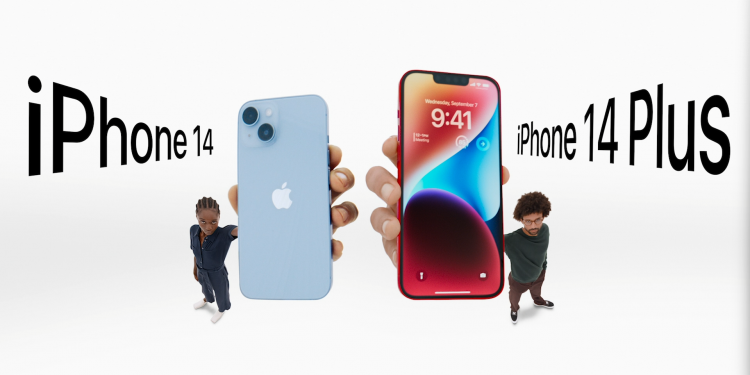It’s time for a brand new iPhone, except if you didn’t know better you might not even realise it’s a new iPhone. Apple has finally shown off the iPhone 14 series, and while it does see the debut of a new, bigger iPhone 14 Plus, there aren’t really that many major changes in terms of hardware compared to the previous iPhone 13 lineup.

The iPhone 14 retains the same 6.1-inch Super Retina XDR display as the iPhone 13, while the iPhone 14 Plus bumps this up to a 6.7-inch Super Retina XDR display. In fact, it’s basically the exact same screen, with the iPhone 14 having the exact same key specs as the iPhone 13; a 1170 x 2532p display, a 2,000,000:1 contrast ratio, a typical max brightness of 800nits and a peak brightness of 1,200nits. The iPhone 14 Plus meanwhile bumps this up to 1284 x 2778p, the same resolution as the iPhone 13 Pro Max. There’s also a layer of Ceramic Shield over them for protection. If you were hoping for 120Hz high refresh rate though, you’ll be sorely disappointed as the iPhone 14 and iPhone 14 Plus won’t be getting ProMotion.
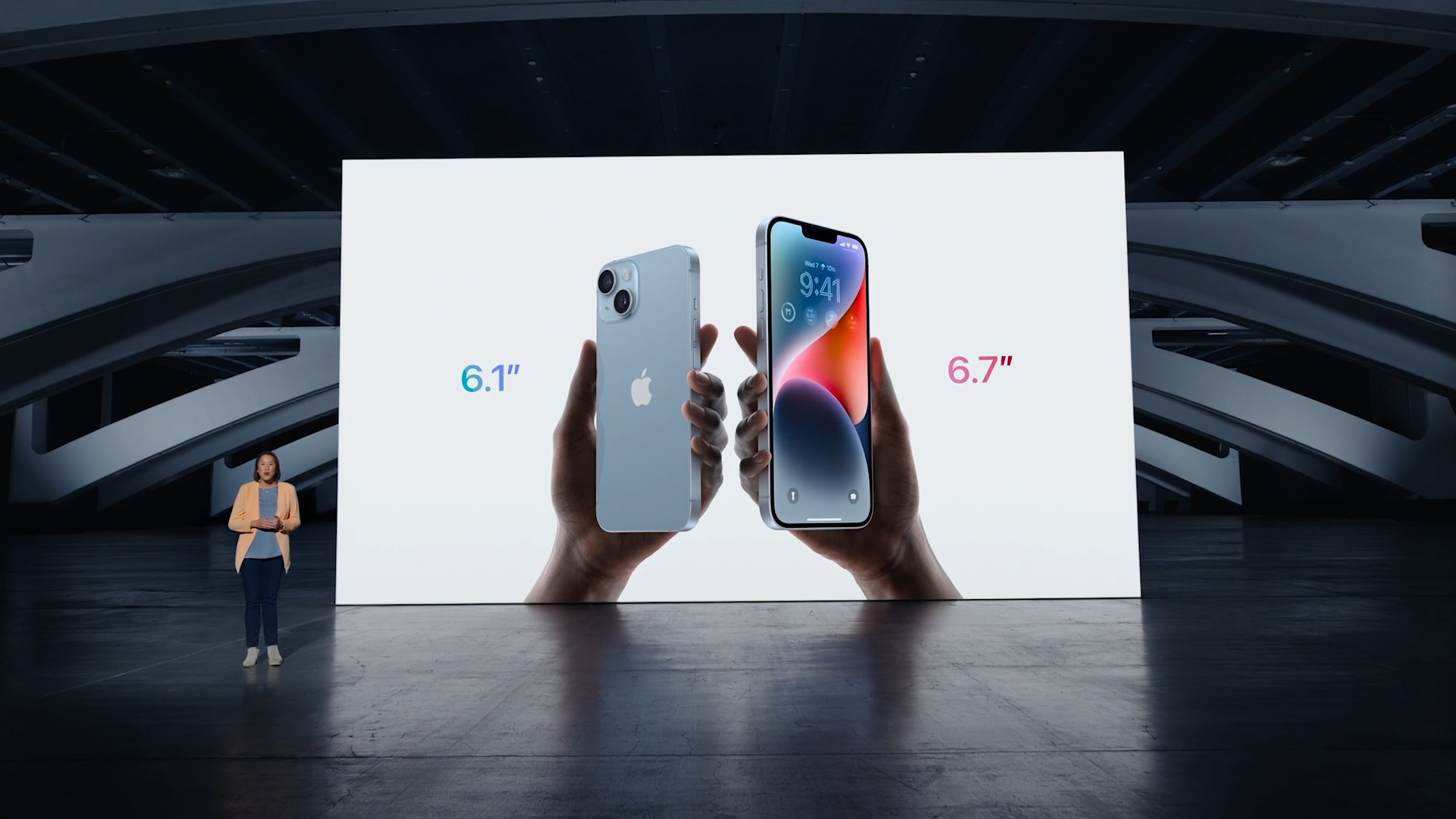
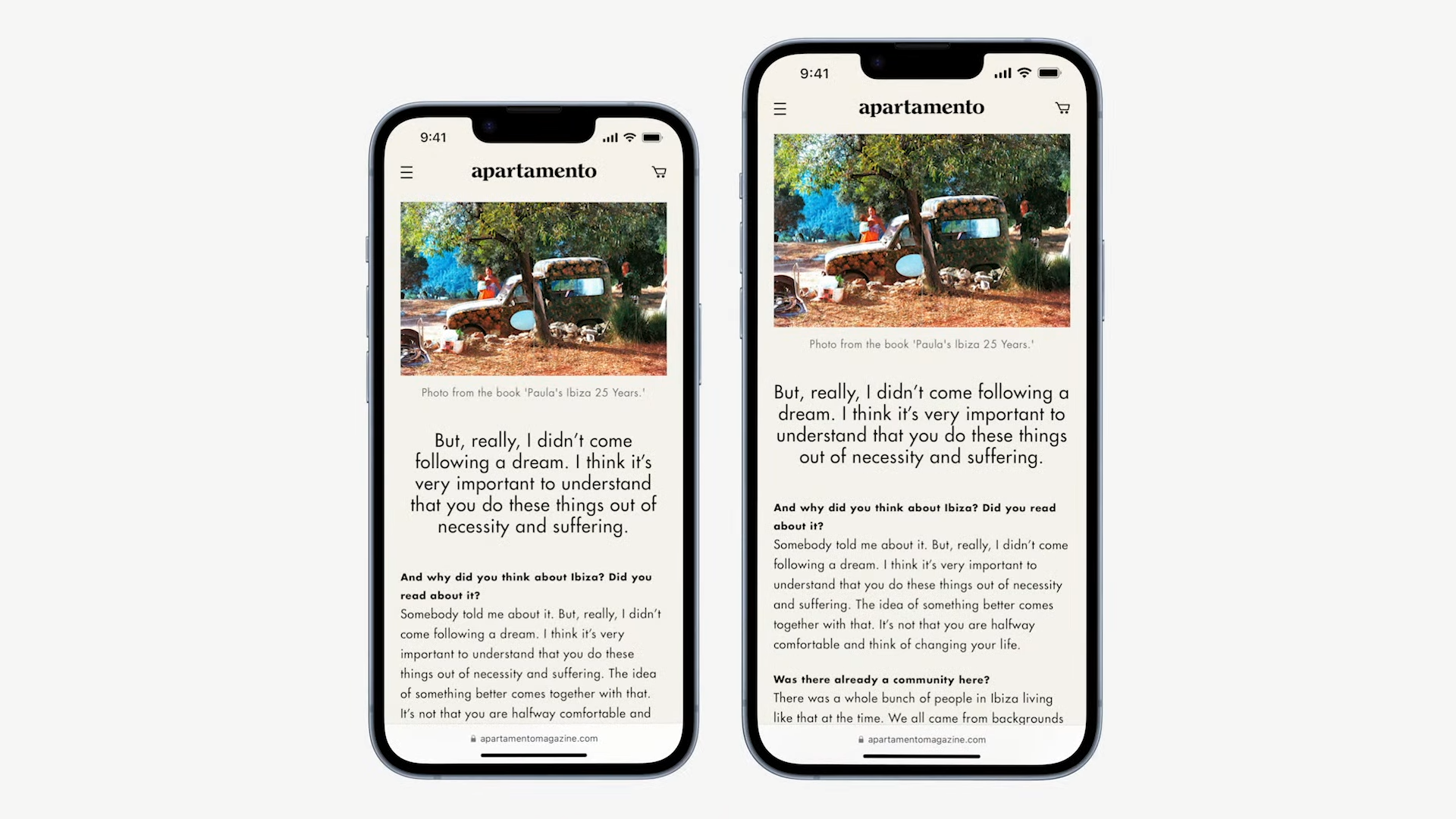
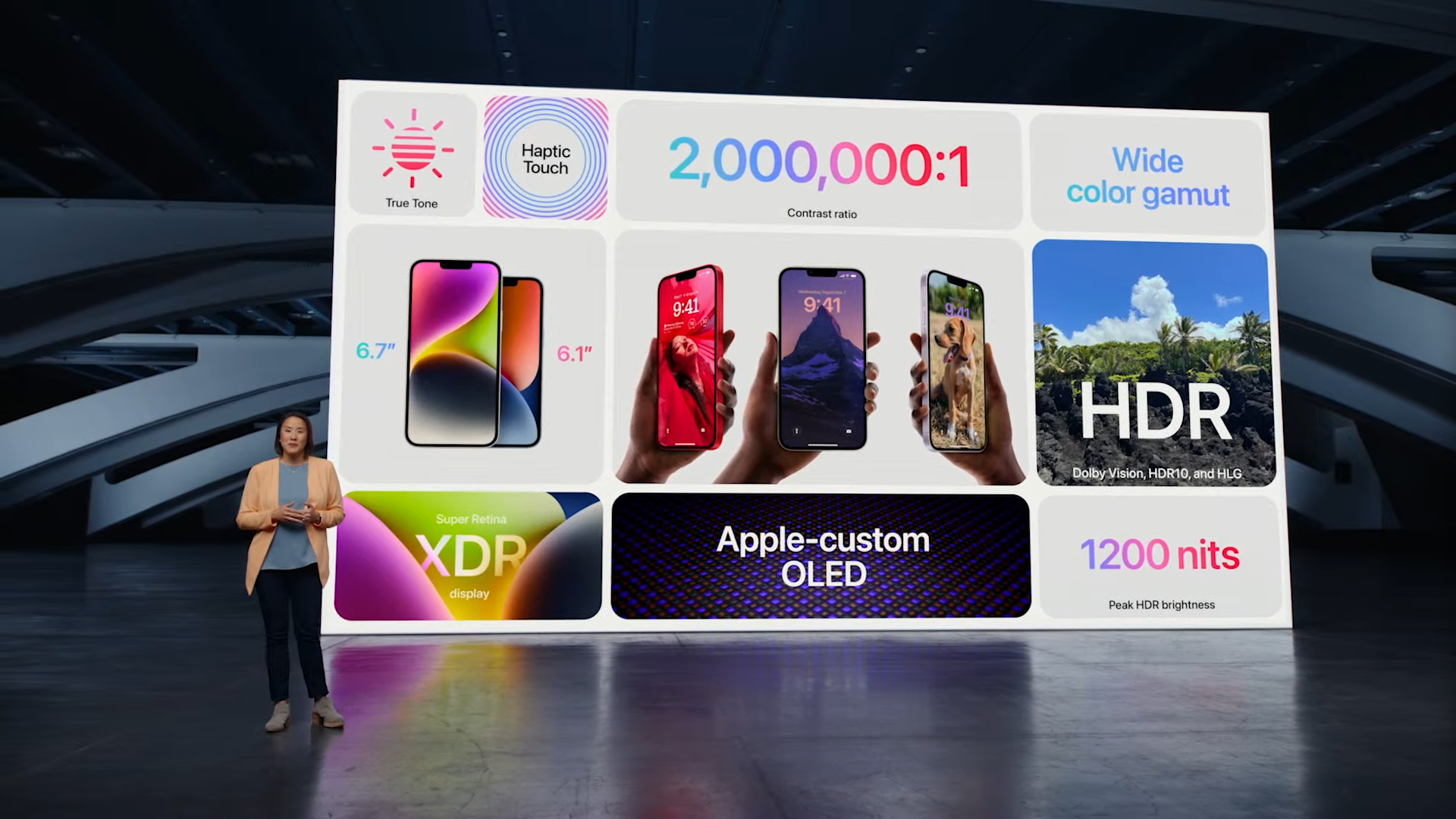
As for performance, the iPhone 14 and iPhone 14 Plus will not come with the new A16 Bionic chip. Instead, the iPhone 14 series will be using the older A15 Bionic processor from last year, except this time they’ll be using the ones found in the iPhone 13 Pro. This means that it’ll come with a 5-core GPU in it, rather than the A15 Bionic with 4 GPU cores in the iPhone 13 series. It also gets the same 6-core CPU with 2 performance cores and 4 efficiency cores, as well as the 16-core Neural Engine. This is a pretty bold move by Apple who have traditionally included the new processor across the entire new iPhone range, but maybe this time around they found the courage to do so.
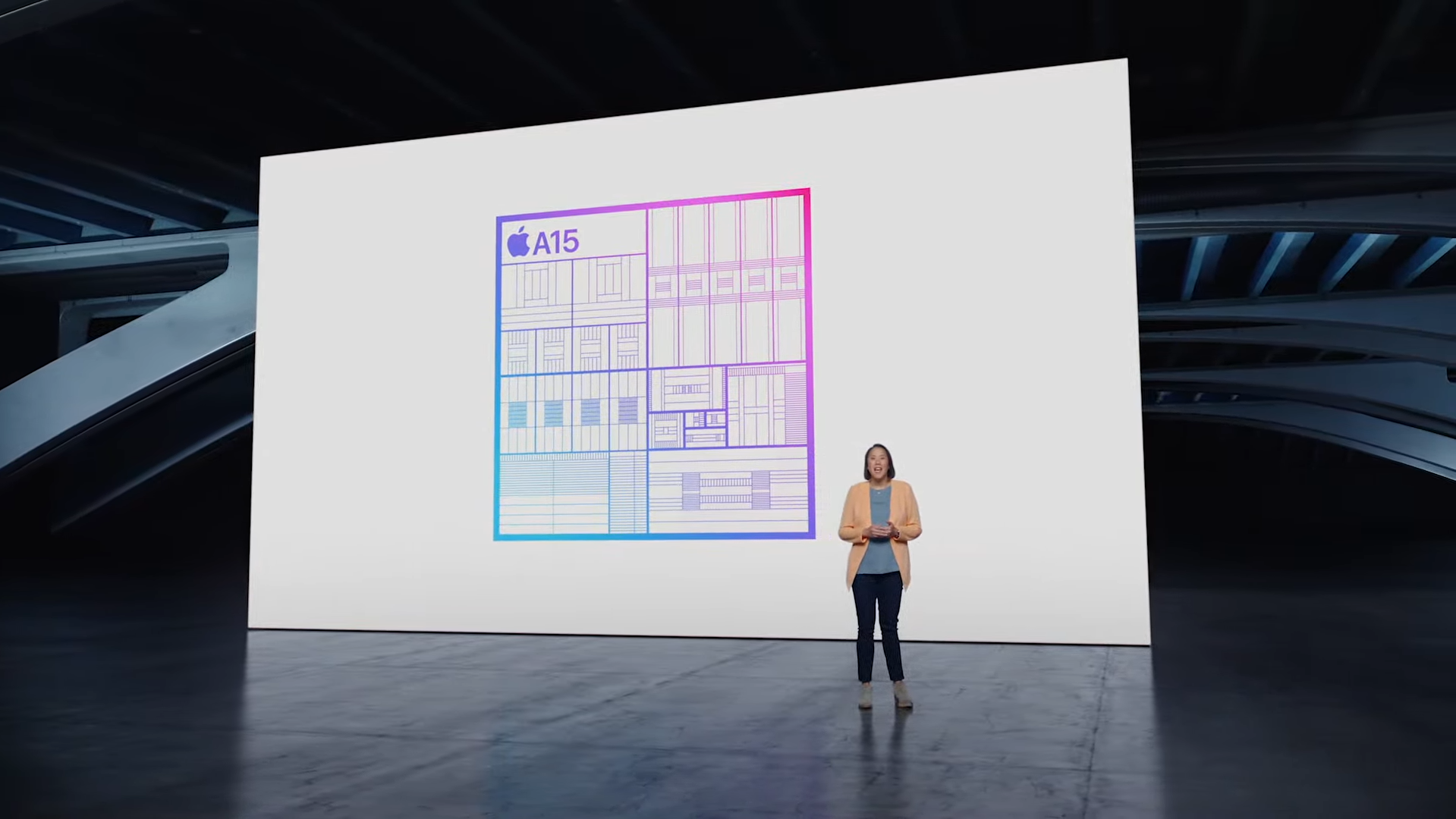
Speaking of courage, Apple has also removed the physical SIM card slot on the side of the phone, albeit only for iPhone 14 and iPhone 14 Plus devices sold in the United States. And as expected, the iPhone 14 series will come with iOS 16 out of the box.
In the camera department meanwhile, the iPhone 14 and iPhone 14 Plus will keep the dual-camera setup on the rear in its diagonal placement. The main camera is a 12MP shooter with a larger f/1.5 aperture compared to the 12MP, f/1.6 main camera on the iPhone 13, alongside the 12MP, f/2.4 ultrawide camera. You can expect to find the same photography and videography features such as Cinematic Mode, end-to-end Dolby Vision HDR, Deep Fusion and sensor-shift OIS, along with some new ones too. Apple showed off the iPhone 14’s new Photonic Engine feature that improves low light performance by up to 49%, as well as a new Action mode that gets rid of shakes and vibrations during the heat of the action for smoother video.
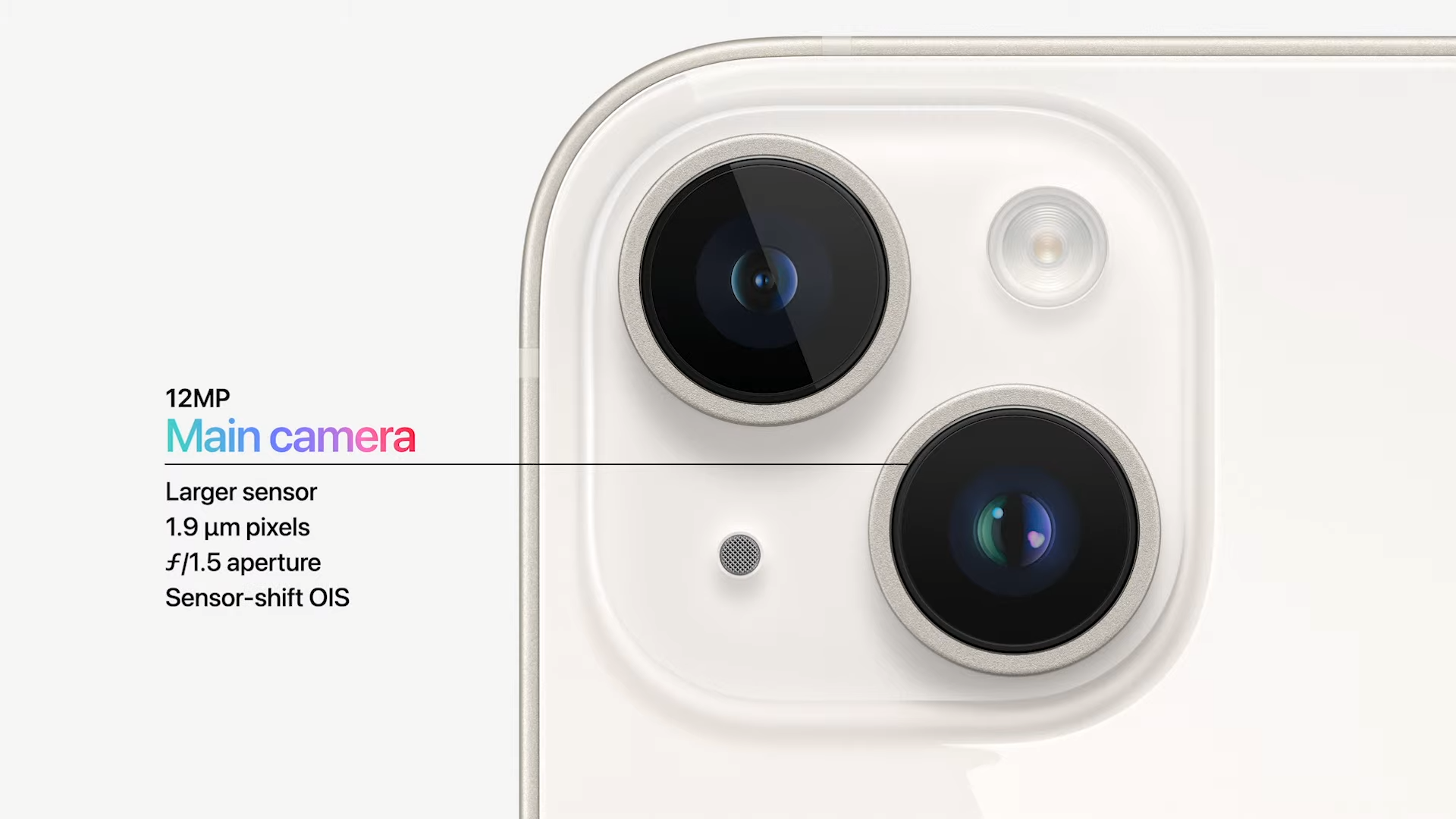
The front facing camera meanwhile has also been upgraded. Gone is the old 12MP, f/2.2 TrueDepth front camera, replaced with an upgraded 12MP, f/1,9 camera instead. It too gets some new features such as Photonic Engine, and can now shoot Cinematic Mode at up to 4K HDR at 30fps. Apple has also added autofocus to the selfie camera for the first time.
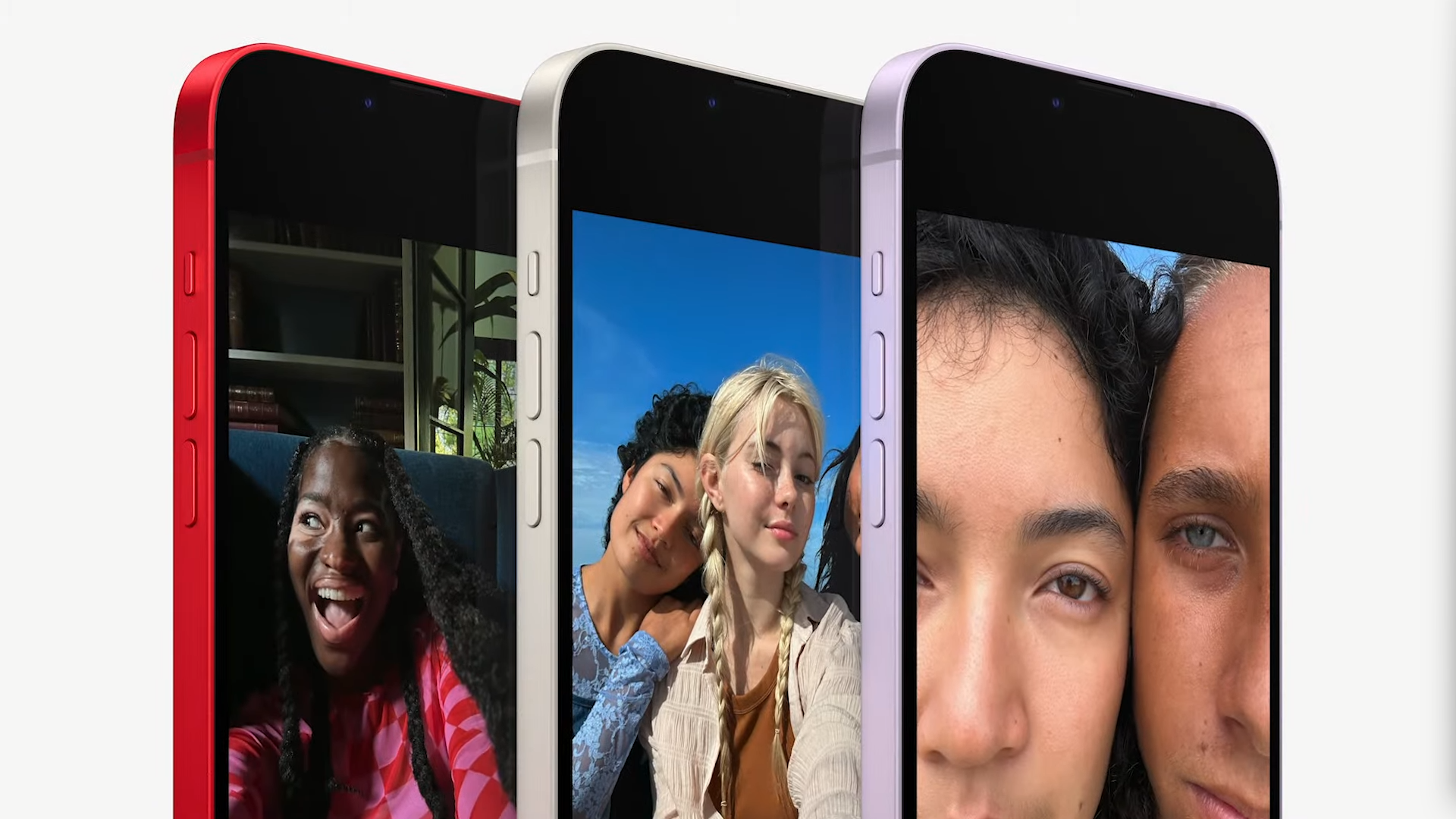
As for battery, Apple claims a battery life of up to 20 hours of video playback on the iPhone 14, and up to 26 hours of video playback on the iPhone 14 Plus. In comparison, the iPhone 13 was rated for up to 19 hours of video playback by Apple, while the previous 6.7-inch iPhone 13 Pro Max was good for 28 hours of video playback. This could mean that despite technically having the same size and processor, the battery in the iPhone 14 Plus is slightly worse than the iPhone 13 Pro Max. And of course, there’s no charger in the box, so you’ll need to get your own 20W adapter for fast charging—at least there’s still a USB-C to Lightning cable I guess.
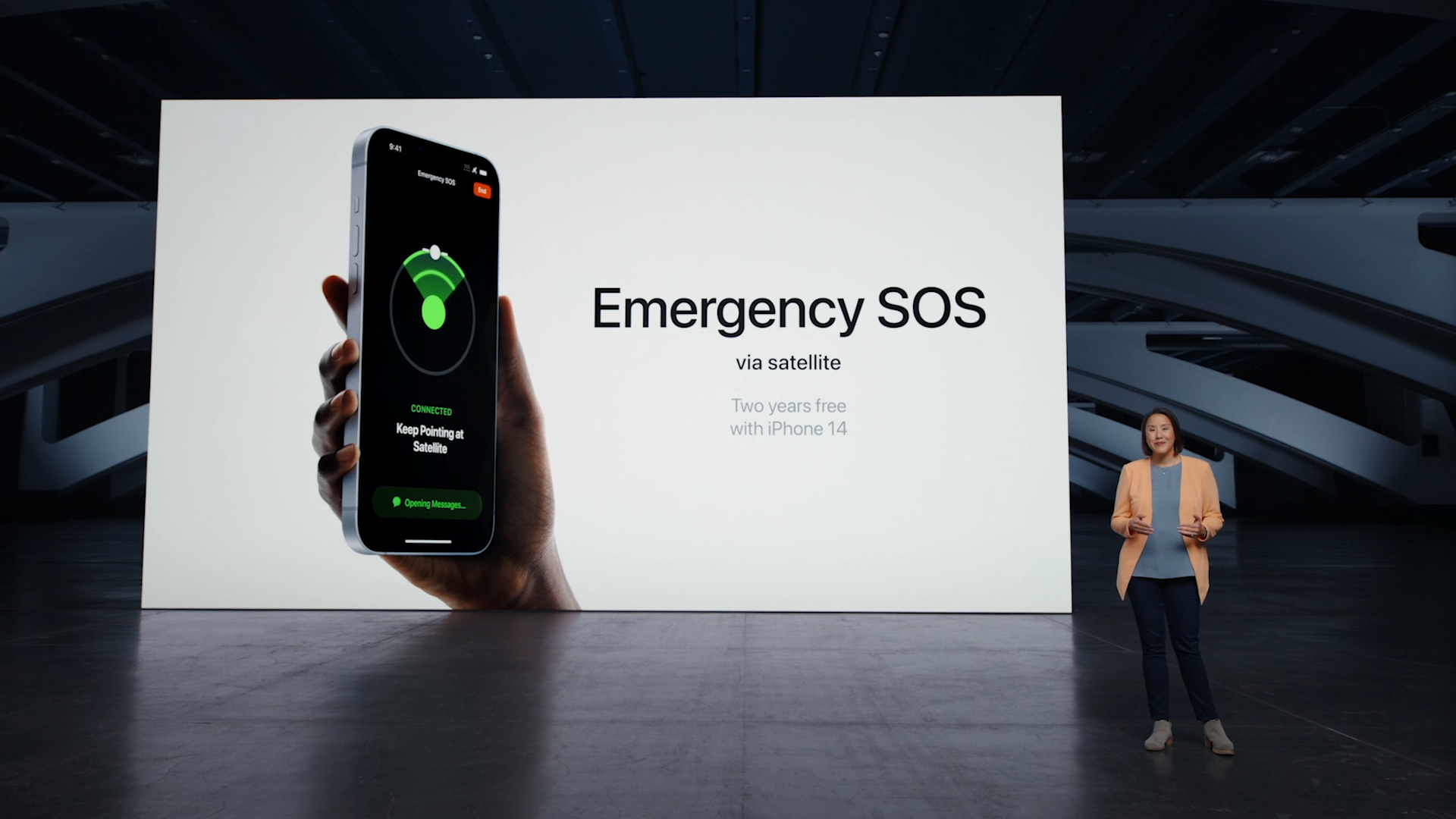
While there weren’t many changes to the hardware, one new interesting feature though is Emergency SOS via satellite. It’s basically an emergency messaging tool that works via communication satellites, meaning that in an event of an emergency and you’re stuck without mobile reception or WiFi, you’ll be able to still get messages through to others. In event of a situation, Emergency SOS via satellite will start asking you questions about your situation, and guide you on how to aim your iPhone 14 to connect to a satellite. This also means that you’ll be able to share your location on Find My using Emergency SOS via satellite. It will however only arrive in November to US and Canadian users first, with the service being free for two years.
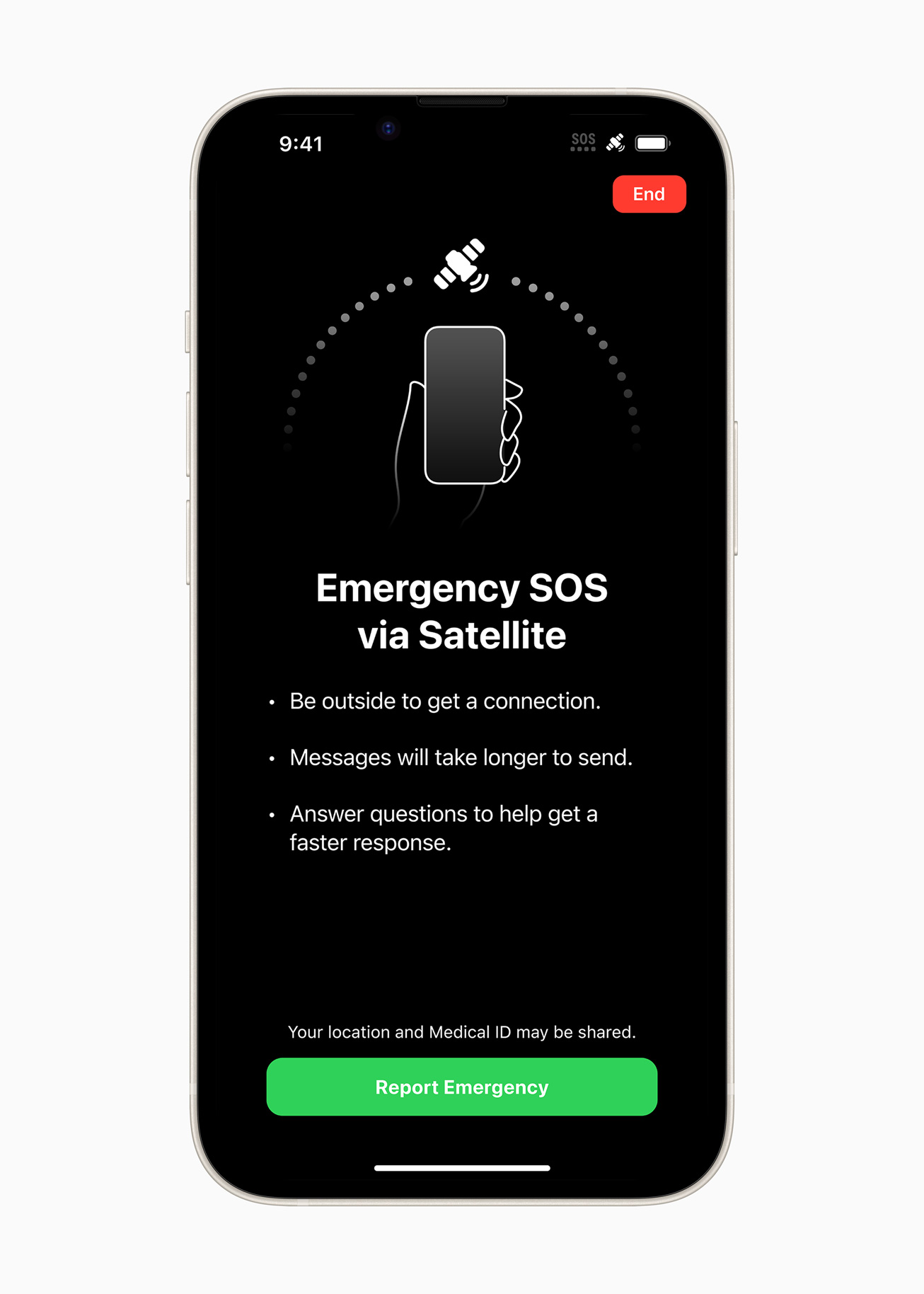
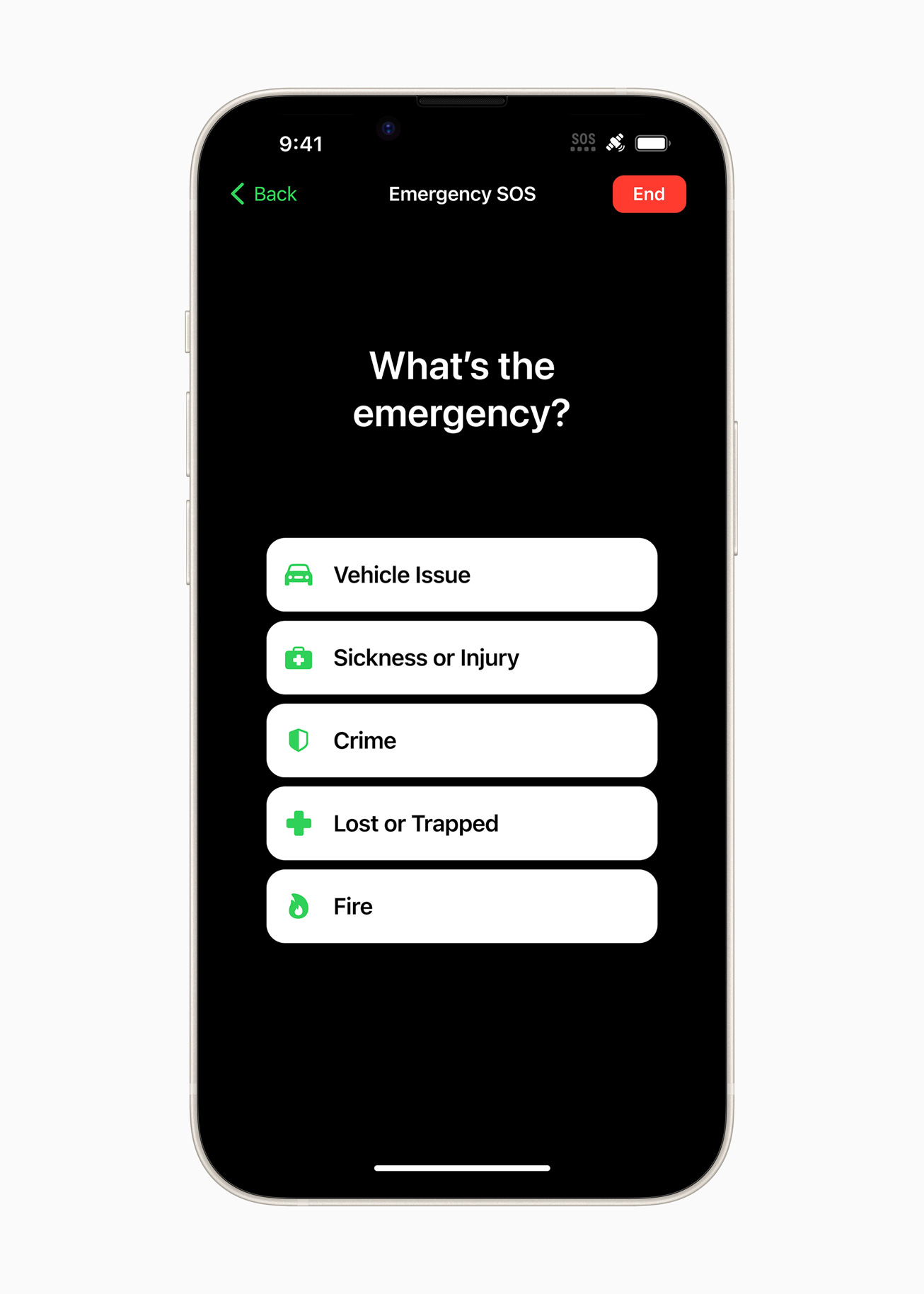
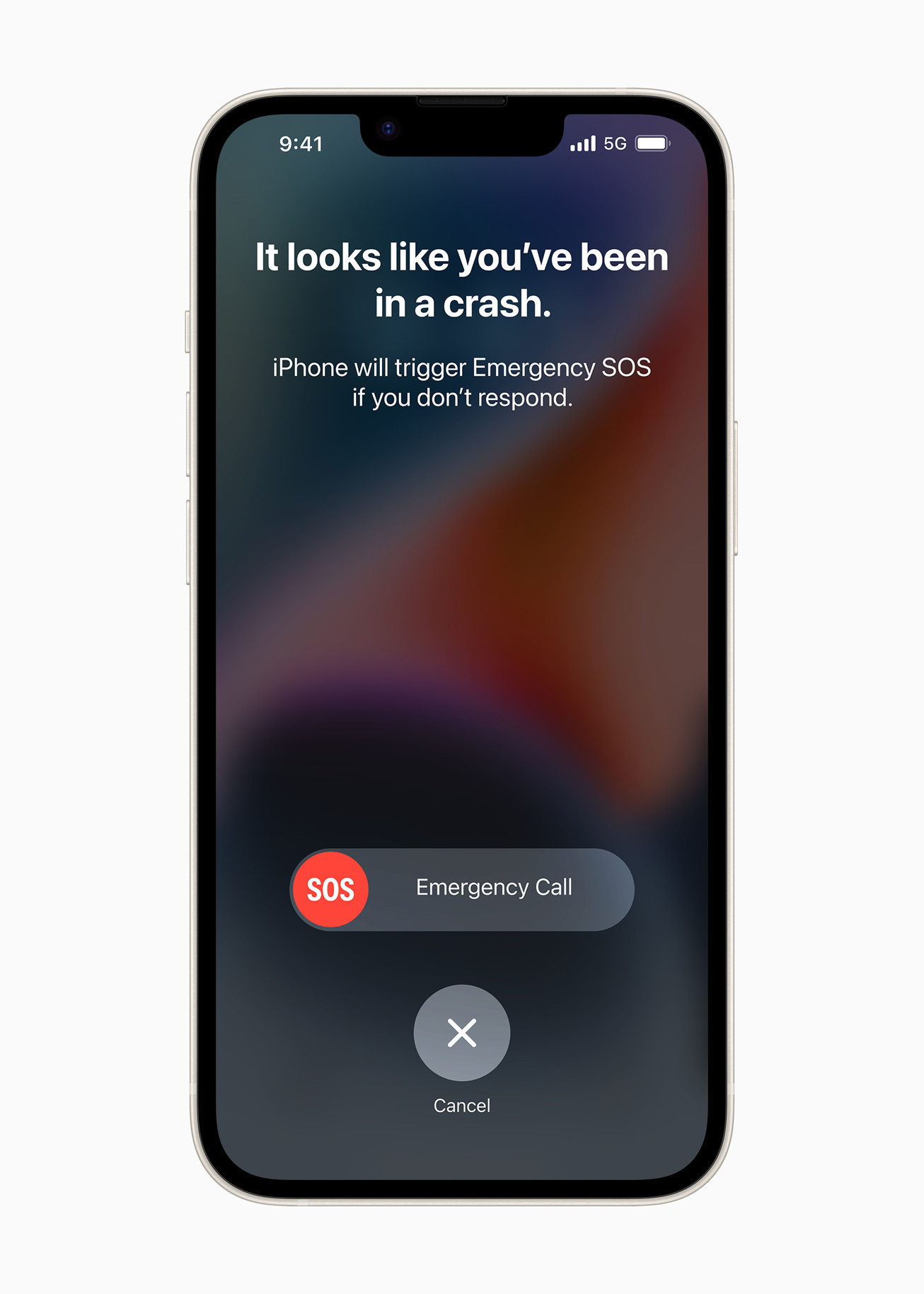
On top of that, another new feature is Crash Detection. Using a dual-core accelerometer in the device, the iPhone 14 and iPhone 14 Plus will be able to detect G-force measurements of up to 256Gs, allowing it to know when you’ve been involved in a severe car crash. Crash Detection also leverages a new high dynamic range gyroscope as well as existing components such as the GPS, microphone, and the barometer to detect a car crash. If it does detect that an accident has occurred, your device will then automatically contact emergency services.
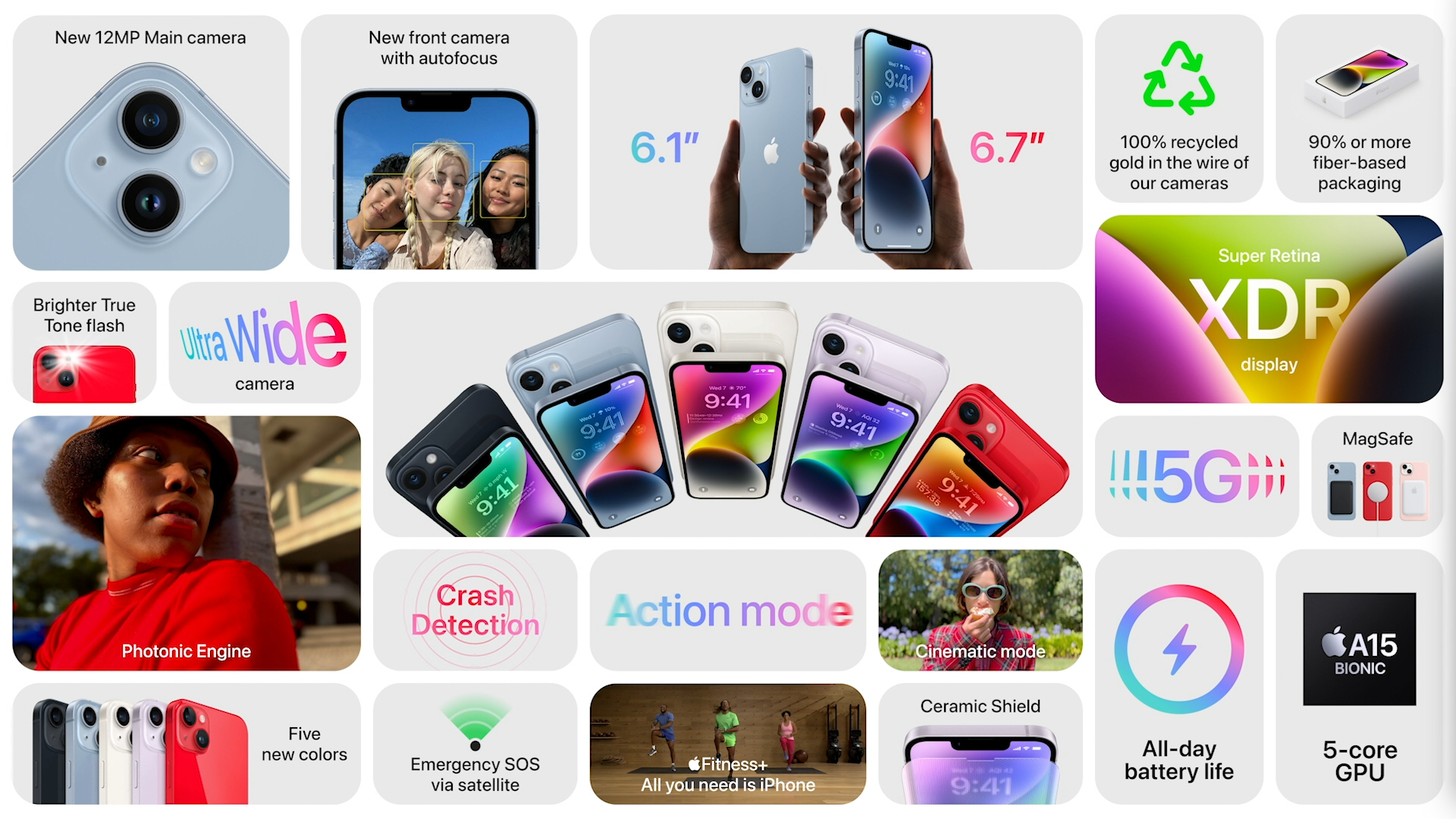
The iPhone 14 will start at RM4,199, while the iPhone 14 Plus will start at RM4,699. They will come in 128GB, 256GB and 512GB storage options. This means that it is actually more expensive than the previous generation iPhone 13 series, where the iPhone 13 started at RM3,899 while the iPhone 13 Mini started at RM3,399—despite Apple not increasing the starting price of the iPhone 14 in the US. It also means that this is the first time a new iPhone series launched in Malaysia without an option below RM4,000. If you are getting an iPhone 14 or iPhone 14 Plus though, you’ll be able to choose between Blue, Purple, Midnight, Starlight and Product (RED) colourways, with pre-orders for it in Malaysia starting from next Friday, 16 September onwards.
For more information on the iPhone 14 and iPhone 14 Plus pre-order details, you can click here.

